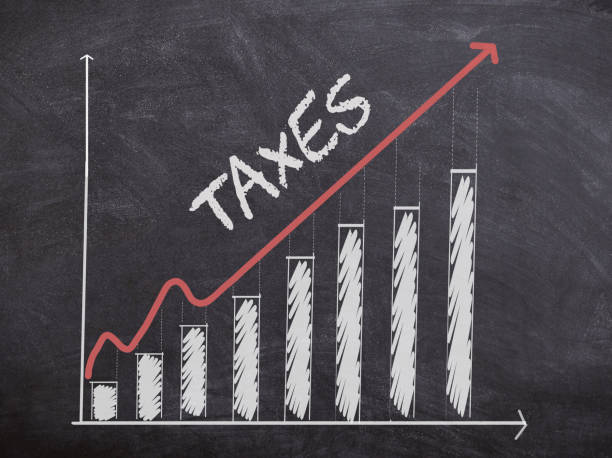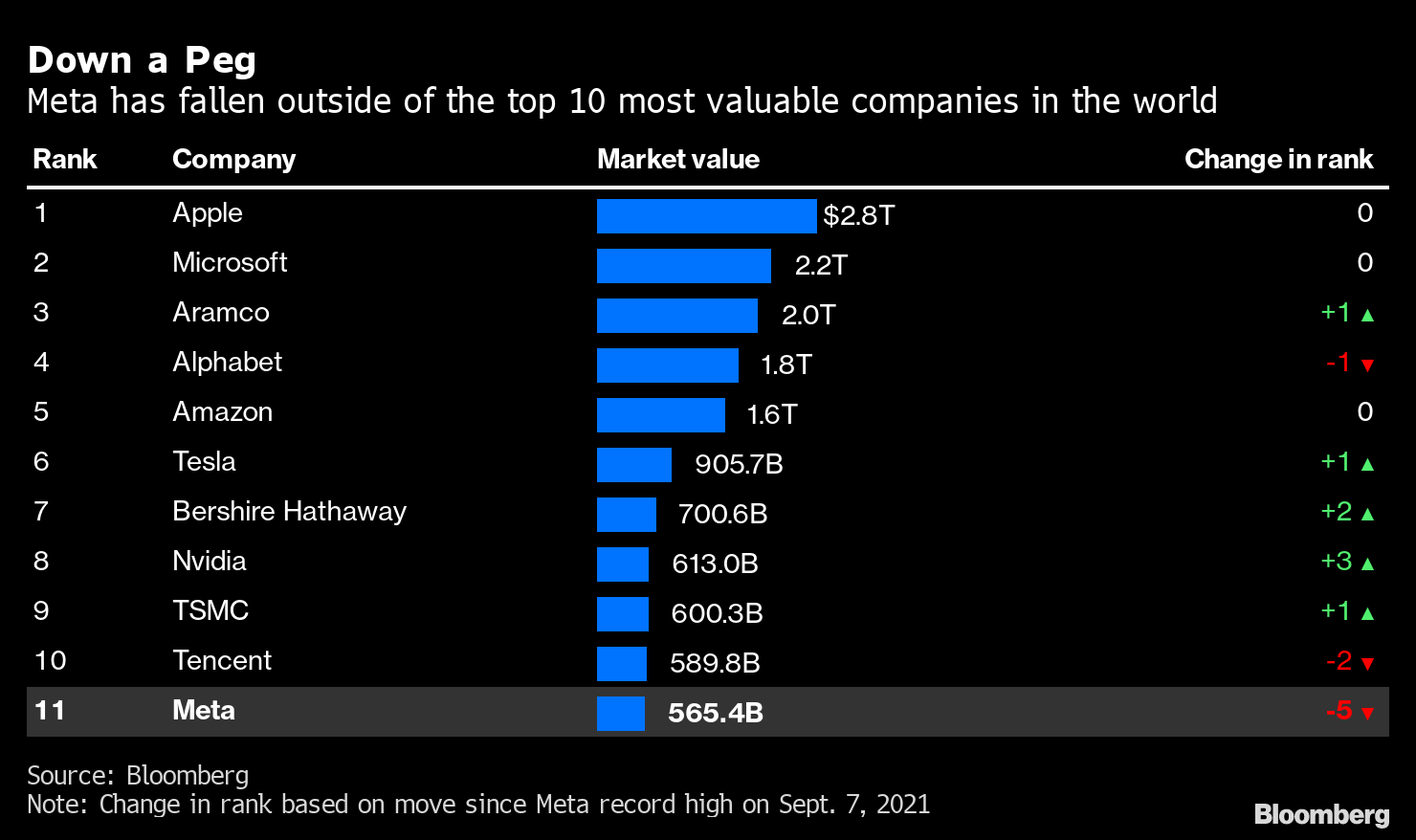
Land Value Capture is Part of a Production-First Economy, and Therefore a Low Inflation Economy
The New Physiocratic League platform emphasizes recalibrating the incentives in the tax, monetary, and regulatory systems so that liquidity flows toward production ahead of consumption. That is not to downplay the importance of consumption — no, consumption is the other side of the production coin. However, instead of creating an inflationary spiral where excess cash chases too few goods & services and sellers are forced to raise prices because producers can’t catch up, what if we had a production-first economy? What would that look like, and how would land value capture play a central role?
With regards to production and consumption, let’s focus on the production side for a moment — there are 3 factors of production: land, labor, and capital.
When credit is allocated more heavily toward consumption, it represents a shift in resources towards consumption over production. This is the situation many countries are in, as evidenced by high inflation and large fiscal, trade, and current account deficits. Prices then need to rise (inflation) to signal producers to increase production and to provide them with the incentives to do so. Conversely, if credit were to be allocated more heavily toward production, there would instead be downward pressure on prices; at least in the case of allocating it toward capital (more on this later). This downward price pressure can later be balanced with consumption-boosting measures to maintain stable prices.
Let’s recap the factors of production again: land (location), labor, and capital. The land is a unique one because it’s fixed in supply, so throwing money at it can only raise its price. Worse yet, it’s a monopoly, the first individual or company can hold on to the location without putting it to its highest and best use. In fact, it can be held out of use entirely for the purpose of speculation. Land that’s not put to its highest and best use holds back production. The past decades of booms and busts in the real estate market, causing economic shocks and resource misallocation are a consequence of this.
The most elegant solution is replacing taxes on production (labor and capital — personal and business income) with a land value tax. It can be taken even further, with further fiscal incentives and financial reforms to redirect resources toward production before consumption and land (as detailed in our platform). It would also put more money in the hands of consumers while ensuring that for every dollar consumed there is at least a dollar produced. The days of high inflation can be over.
Read more articles on timenewsmag.
| matesnews.net |
| hogyankell.net |





